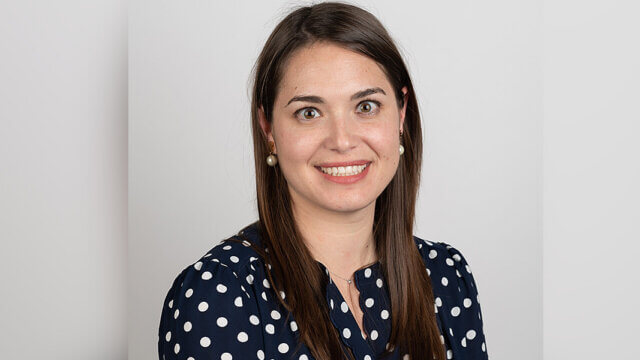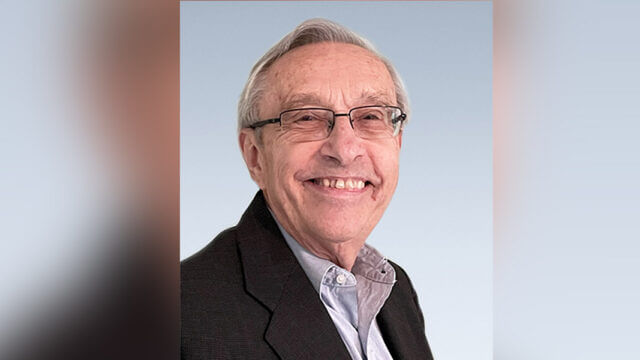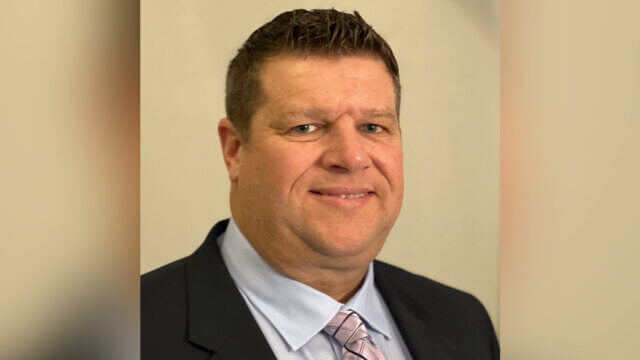By Alexander Cohen
The past year has presented many challenges to the service industry, but the unknowns associated with COVID-19 and its accompanying travel restrictions and shutdowns wreaked havoc on the hotel business in particular. With the recent roll out of vaccinations across the world, the hospitality sector now has a glimmer of hope that the pandemic will be eradicated, and life will soon begin to return to a “new normal.” Although we’re seeing progress, there is still an uphill battle for hotels to reopen safely, bring all employees back and return to normal booking rates.
To help hotel owners maintain their staff and operations, hoteliers were able to apply for funding under the CARES Act. A temporary solution, the first round of Paycheck Protection Program (PPP) loans provided funding for hotel owners to retain workers at 2.5 times their monthly payroll plus additional expenses. The American Hotel and Lodging Association (AHLA) praised the pandemic relief effort, as the stimulus package eased financial struggles for many.
Due to the success and overwhelming interest from borrowers, a second round of PPP loan relief has recently been initiated. This new round was approved at the end of 2020 within the Economic Aid to Hard-Hit Small Businesses, Non-Profits and Venues Act authorizing up to $284 billion toward job retention and select expenses. It also allows borrowers who secured a PPP loan the first time to apply for what is called a second draw PPP loan. Hotel owners who might have missed out on the first round of PPP loans can still apply and receive a first draw loan. What makes this round different from the first is that hotel business owners can now receive a PPP loan up to 3.5 times payroll, making the loan expenses tax-deductible.
First vs. Second Draw PPP Loans
It is important to understand the differences between the two types of PPP loans being offered, as they can help guide owners on which to apply for. First draw loans are specifically for hoteliers who did not receive PPP funding during the first round of loans in 2020 and have 500 or fewer employees. The second draw focuses on businesses who have used the entirety of their first PPP loan and are looking for additional support. These hotels must have 300 or fewer employees to be eligible. Within the second draw, employers must show a 25% or greater reduction in gross revenue through one of two ways: providing proof of their 2020 annual gross revenue (as reported on the tax return) compared to 2019, or showing gross revenue in any quarter of 2020 compared to revenue in the same quarter of 2019.
How to Apply for a Second Draw PPP Loan
PPP loans are approved and distributed on a first-come, first-served basis, and although legislation allows for $285 billion in funds to be dispersed, there is no guarantee as to how long the money will last. Hotel owners should begin the application process as soon as possible to ensure they get their deserved loan amount. Owners have the option to apply through a traditional bank or an Small Business Association (SBA)-approved non-bank lender. If the hotel has an existing relationship with a bank, it is recommended that they work directly with them to expedite the process since many of the necessary documents may already be on file. For hotel owners that do not have a previous relationship with a local bank, or if their bank is not participating in the program, a non-bank lender is the best option.
Non-bank lenders have dedicated resources and personalized technology specifically for the PPP loan program. These processes help to speed up the application process and get funds distributed to those in need quickly, while still maintaining the security of borrower’s information. Most non-bank lenders are accepting loan applications from all industries and business sizes, however, they are prioritizing small businesses and industries that were hit hardest by the pandemic.
Loan Forgiveness: How Does it Work?
It can be difficult to understand how PPP loan repayment and forgiveness works. During a time of hardship and uncertainty, the last thing owners want to worry about is how to repay the money they just borrowed, and what interest rate they will have to pay on their loan. As the second round of PPP lending launched, the SBA decided to make several loan forgiveness changes in the borrower’s favor. Under the new legislation, borrowers with loans under $150,000 will have a significantly simplified forgiveness process that only requires the completion of a one-page attestation confirming they have met the requirements of the PPP program. Also, under the new rules, first and second draw PPP loans will not be taxable to borrowers. It is encouraged that borrowers hold off on filing taxes if they plan to receive a loan during the second round, since a borrower who has already received a forgiveness determination from the SBA cannot refile for loan forgiveness or take advantage of the updated rules.
Alexander Cohen is CEO of Liberty SBF, an SBA-approved non-bank lender.
This is a contributed piece to Hotel Business, authored by an industry professional. The thoughts expressed are the perspective of the bylined individual.




